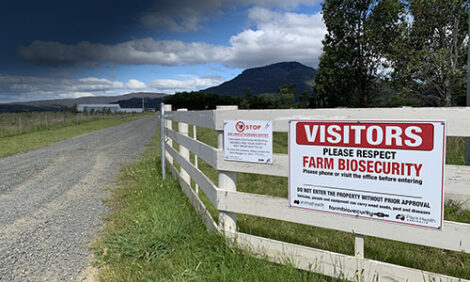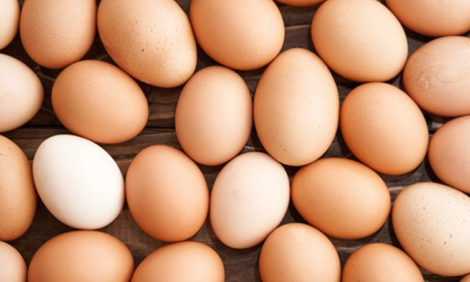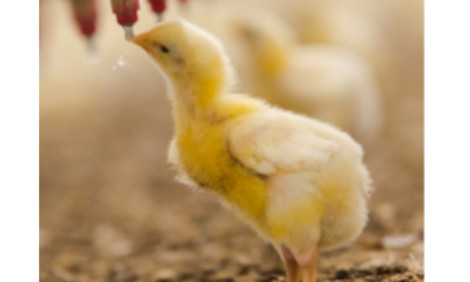



US Poultry Industry Manual - Broilers: On-farm waste handling
Litter, manure, residual feed and mortalitiesPart of Series:
< Previous Article in Series Next Article in Series >
Editor's Note: The following content is an excerpt from Poultry Industry Manual: The Foreign Animal Disease Preparedness and Response Plan (FAD PReP)/National Animal Health Emergency Management System (NAHEMS) Guidelines which is designed to provide a framework for dealing with an animal health emergency in the United States. Additional content from the manual will be provided as an article series.
Litter and Manure
After depopulation of an infected flock, chicken houses should be closed and litter should remain in the house for at least 2 weeks. If possible, the house should be heated to accelerate destruction of the virus. Moving litter shortly after a diseased flock has been removed from a house puts other flocks at risk because viable virus is almost certainly still present in the litter. Avian influenza viruses are destroyed in litter by heating to 135°F (56°C) for 90 minutes or heating to 140°F (60°C) for 10 minutes. In-house composting of litter to temperatures higher than those required to destroy avian influenza virus is recommended, especially when litter composting is combined with inhouse composting of dead birds. A negative test(s) of the litter for viable avian influenza virus should be obtained prior to removal of litter from the house. When litter is removed, it must be transported in covered trucks and trucks must be thoroughly cleaned and disinfected afterwards.
Residual Feed
Residual feed from an infected flock must be removed from feed lines, hoppers, and bins and added to the litter prior to litter composting. Feed from a premises with an infected flock cannot be removed from the farm or used to feed other birds. Feed may be transferred from a premises that has tested negative to another negative premises within the same Control Area, but not outside the Control Area.
Mortalities
Mass euthanasia is usually accomplished by using carbon dioxide, although fire foam is showing promise as a better method. Catastrophic losses, regardless if they are from heat, accidents, weather events, END, or HPAI, require extraordinary measures. Permission to bury carcasses on the premises or to incinerate large numbers of birds because of an emergency may be granted, but more often, these measures remain unavailable. Movement to a landfill where carcasses will be buried is an option, but not all landfills accept animal disposal and costs associated with transporting and using the landfill may be high. Information on possible use of landfills needs to be obtained prior to a crisis.
In-house composting of carcasses is cost effective and can be used when birds die or are euthanized in the house. Birds are piled into one or more rows down the middle of the house, covered with at least 2 feet of litter, and left for 2 weeks. Daily temperatures should be taken using a probe to ensure that composting temperatures are sufficient to kill END or HPAI viruses. When internal temperatures of the composting material drops, the composting rows should be aerated by turning in the house or the compost should be removed to a secondary composting facility on the farm where the process can be continued until complete. Compost should be sampled and found to be negative for viable HPAI or END viruses before it is removed from the house. Following removal of compost material, the house must be thoroughly cleaned and disinfected.
Reference: "USDA APHIS | FAD Prep Industry Manuals". Aphis.Usda.Gov. 2013. https://www.aphis.usda.gov/aph...
The manual was produced by the Center for Food Security and Public Health, Iowa State University of Science and Technology, College of Veterinary Medicine, in collaboration with the USDA Animal and Plant Health Inspection Service through a cooperative agreement.















